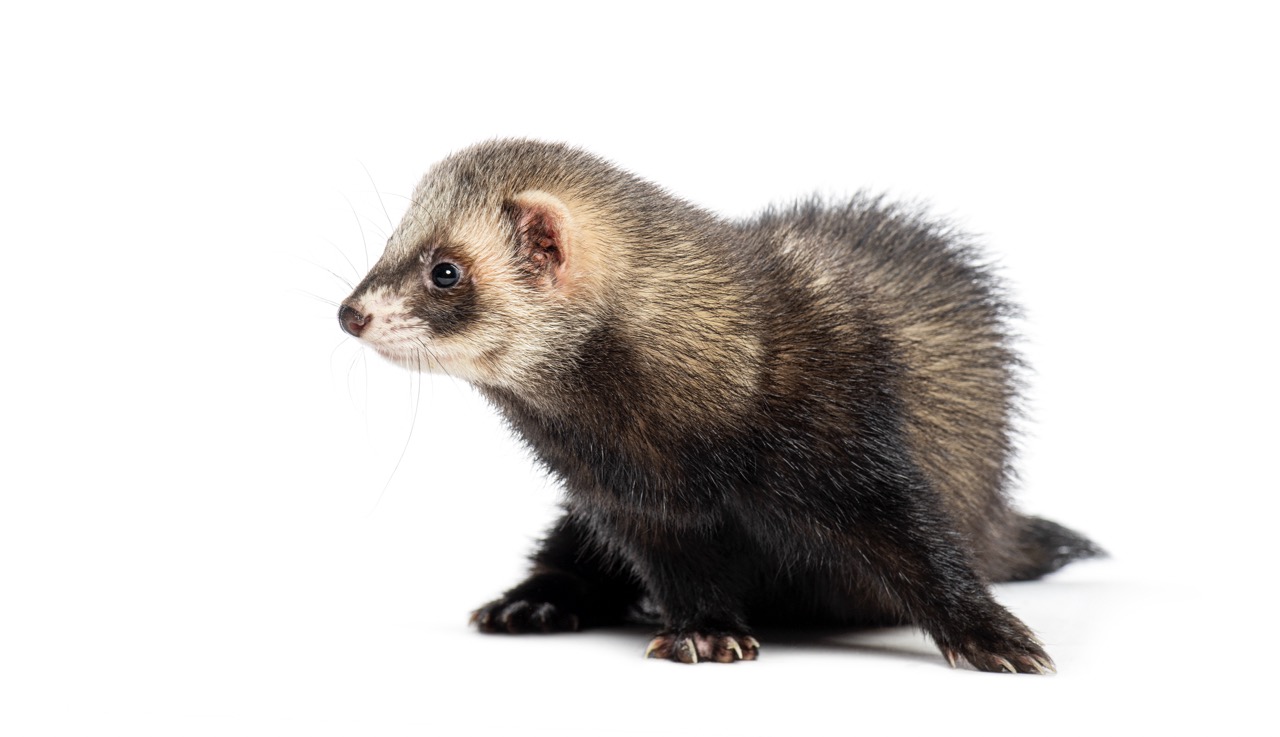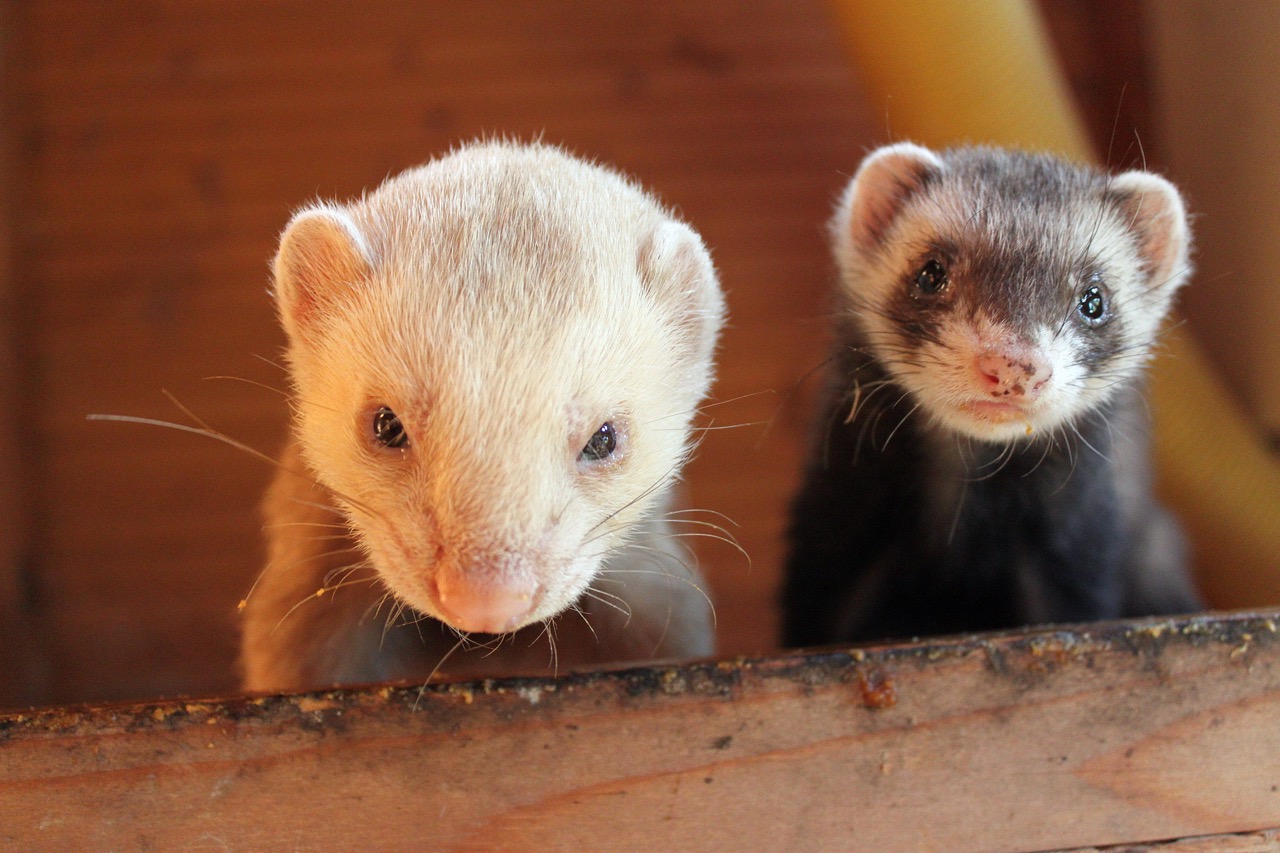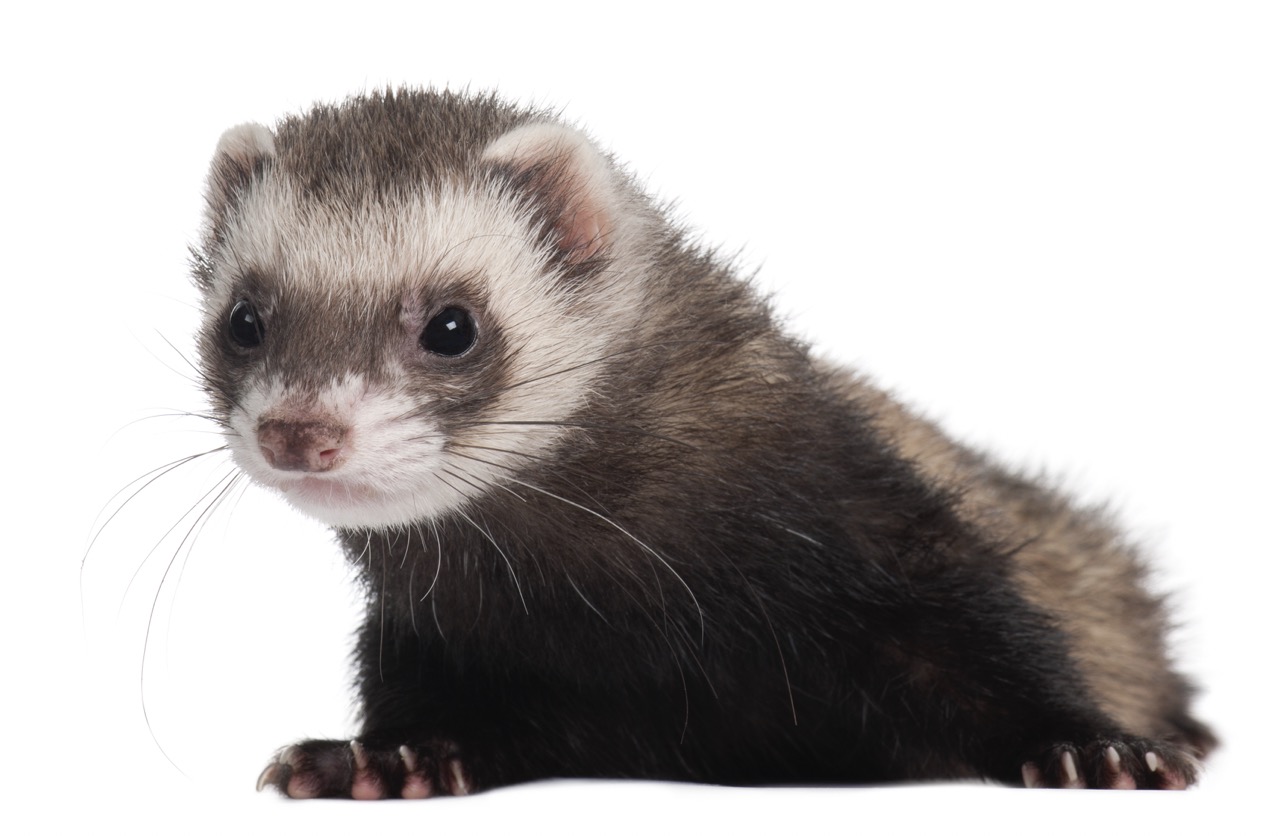Ferrets are fascinating creatures with unique physical attributes that contribute to their overall functionality and behavior. One of the most distinct features of ferrets is their tails, which play a crucial role in their daily lives. Understanding the anatomy, functionality, and significance of ferret tails can provide insights into their movement, balance, and social interactions. This article explores the multifaceted functions of ferret tails, shedding light on their importance to the well-being and health of these lively animals.
Understanding the Anatomy of Ferret Tails for Functionality
The structure of a ferret’s tail is designed to serve multiple purposes. Typically, the tails of ferrets are long and slender, proportionate to their bodies, enabling them to maintain a low center of gravity. Composed of vertebrae, connective tissues, and muscles, the tail provides flexibility and agility, which are essential for a species known for its playful and quick movements. The average tail length is around 5 to 7 inches, contributing significantly to their overall anatomy.
The tail’s anatomy also includes a layer of fur that can vary in color and texture depending on the ferret’s breed. This furnot only adds to their aesthetic appeal but also aids in insulation and protection. Beneath the fur, the muscles and tendons allow for precise movements, enabling ferrets to navigate complex environments, whether through burrows or amongst household furniture. Understanding this anatomy is crucial in appreciating the tail’s role in various aspects of ferret behavior and health.
Moreover, the tail is rich in nerve endings, making it sensitive to touch and movement. This sensitivity is vital for ferrets as it helps them gauge their surroundings and respond to physical stimuli quickly. The anatomical structure of the tail not only supports their physical capabilities but also plays a role in their interactions with their environment, influencing how they explore and engage with the world around them.
The Role of Tails in Ferret Balance and Movement
Ferrets are agile animals, and their tails play a significant role in maintaining balance during their various activities. When ferrets run, jump, or perform acrobatic feats, the tail acts as a counterbalance, helping them maintain stability. This function is particularly important when navigating tight spaces or making quick turns, as the tail helps to redistribute weight and keep the ferret upright, preventing falls or mishaps.
In addition to balance, the tail assists in enhancing coordination and agility. As ferrets twist and leap, the tail’s movement provides feedback to the body, allowing for refined adjustments in posture and movement. This dynamic interaction between the tail and the rest of the body enables ferrets to exhibit their natural playfulness and energetic behavior, which is a hallmark of their species.
Furthermore, the tail’s role in movement extends beyond mere balance. It also aids in navigation, allowing ferrets to traverse complex terrains with ease. Whether they are climbing, digging, or running, the tail provides an essential function that enhances their ability to maneuver through various environments. Understanding this aspect of tail functionality highlights the importance of healthy tails in ensuring active and agile ferrets.
How Ferrets Use Tails for Social Communication
Ferrets are social animals that rely on a variety of cues to communicate with one another, and their tails play a crucial role in this interaction. The position and movement of a ferret’s tail can convey a range of emotions and intentions. For example, a tail held high may indicate excitement or curiosity, while a lowered tail can signal submission or fear. Observing these tail positions can provide valuable insights into the ferret’s emotional state and social dynamics.
Moreover, ferrets often engage in playful behaviors that involve tail movements. During play, ferrets may chase each other, using their tails to express enthusiasm or aggression. This tail movement can serve as a visual signal to other ferrets, indicating whether the play is friendly or if it has escalated into something more serious. Understanding these social signals is essential for ferret owners who want to foster positive interactions between their pets.
In addition to direct communication with fellow ferrets, tails also play a role in how ferrets interact with humans. For instance, a ferret may wag its tail when excited to see its owner, or it may puff up its tail as a display of confidence. Recognizing and interpreting these signals can help owners better understand their ferrets’ needs and emotions, ultimately enhancing the human-animal bond.
Implications of Tail Health on Ferret Well-Being
The health of a ferret’s tail is vital to its overall well-being. Injuries or abnormalities in the tail can affect a ferret’s ability to balance adequately, leading to difficulties in movement and increased risk of falls. Moreover, a damaged tail may alter a ferret’s social behavior, as pain or discomfort could make them more withdrawn or aggressive in response to perceived threats. Regular monitoring of a ferret’s tail for signs of injury or illness is crucial for maintaining their health.
In addition to physical injuries, the health of the tail is also indicative of a ferret’s overall condition. Conditions such as skin infections, parasites, or tumors can manifest in the tail region. Therefore, thorough grooming and regular veterinary check-ups are essential in identifying potential health issues early on. By addressing these concerns promptly, owners can help ensure that their ferrets remain active and healthy.
Furthermore, providing a safe and stimulating environment can reduce the risk of tail-related injuries. Ensuring that ferrets have appropriate toys and safe spaces for play can help maintain their physical health and encourage positive social behaviors. By prioritizing tail health, ferret owners can contribute to their pets’ overall well-being, enhancing their quality of life and ensuring that they remain vibrant members of the household.
In conclusion, the tail of a ferret is a multifaceted feature that serves crucial functions in balance, movement, communication, and overall health. By understanding the anatomy and roles of ferret tails, owners and enthusiasts can gain valuable insights into the lives of these playful creatures. Ensuring the health of a ferret’s tail is imperative for its physical well-being and social behavior, highlighting the importance of attentive care and observation. Ultimately, recognizing the significance of tails will help foster a deeper appreciation for the complexities of ferret behavior and enhance the bond between ferrets and their human companions.










